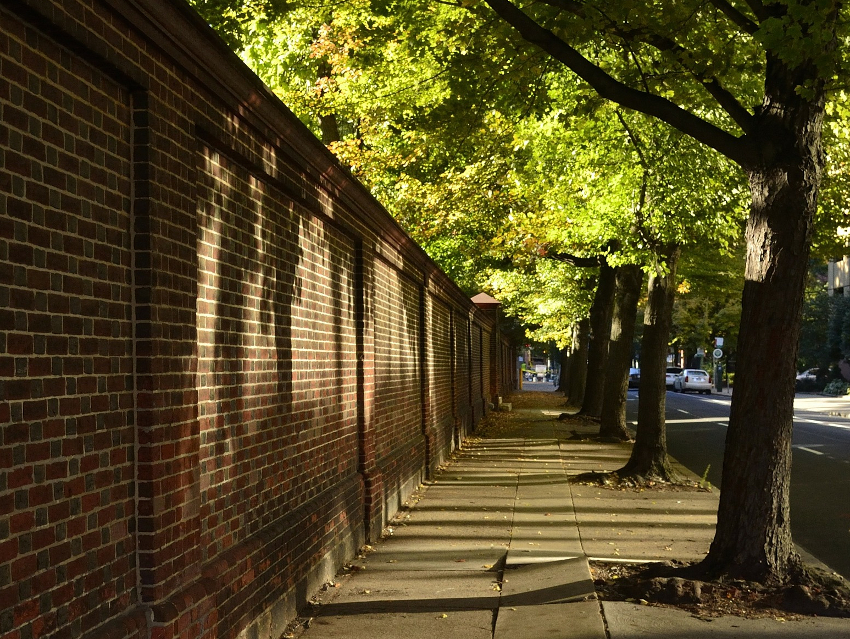The heating and cooling of buildings require large amounts of energy. When it comes to cooling, materials that reflect infrared radiation and, thus, passively cool buildings could help to save energy. However, it is still challenging to make the large amounts of such materials that would be needed in construction.
Xiaobo Yin, University of Colorado, Boulder, USA, Liangbing Hu, University of Maryland, College Park, USA, and colleagues have developed a passive cooling material that is made from wood using a simple process. The team completely removed the lignin from the wood using a boiling H2O2 solution (30 %). This process was followed by hot pressing, which increases the density of the material.
The resulting “cooling wood” is mechanically much stronger than untreated wood. Using scanning electron microscopy (SEM), the team found that the material is composed of dense bundles of cellulose fibers. This arrangement of fibers can scatter radiation and reflect most visible light. In addition, it emits in the infrared spectral region, which means that it gives off more heat than it takes up from the sun’s rays and has a net cooling effect. According to the researchers, the material could be used to make buildings more energy-efficient.
- A radiative cooling structural material,
Tian Li, Yao Zhai, Shuaiming He, Wentao Gan, Zhiyuan Wei, Mohammad Heidarinejad, Daniel Dalgo, Ruiyu Mi, Xinpeng Zhao, Jianwei Song, Jiaqi Dai, Chaoji Chen, Ablimit Aili, Azhar Vellore, Ashlie Martini, Ronggui Yang, Jelena Srebric, Xiaobo Yin, Liangbing Hu,
Science 2019, 364, 760–763.
https://doi.org/10.1126/science.aau9101

![Synthesis of [c2]Daisy Chains via Mechanochemistry](https://www.chemistryviews.org/wp-content/uploads/2025/04/202504_RotaxanesWithSolidStateMechanochemistry-125x94.png)

